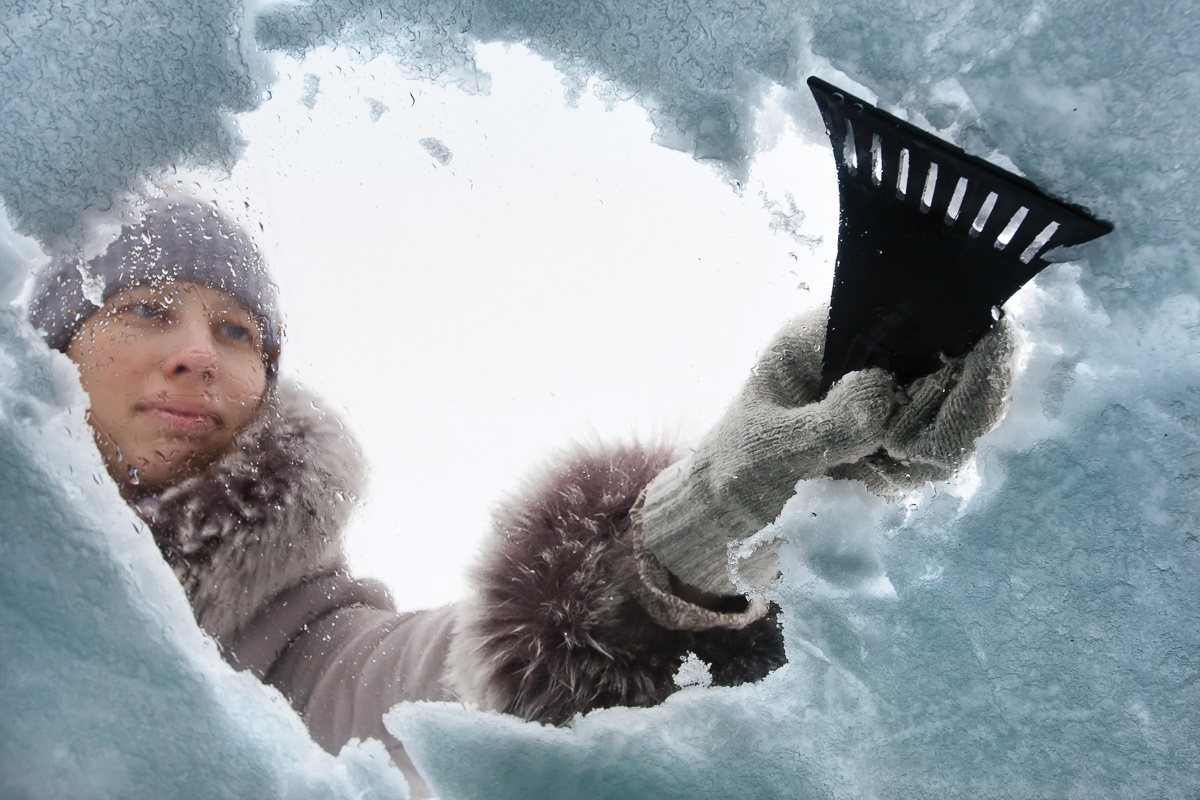We all know how unpredictable winter weather can be in Texas. Ice, winds or flooding all have the potential to strand you on the road or at home, possibly without power. There are dozens of steps you can take to be better prepared, wherever you are.
Prepare at Home
Make a family communications plan. Your family might not be together when disaster strikes, so it is important to know how you will contact one another, how you will get back together and what you will do in case of an emergency.
Get an emergency weather radio to receive broadcast alerts and warnings directly from the National Weather Service.
Download smartphone apps available from the Federal Emergency Management Agency and the American Red Cross that provide emergency notifications and information about finding shelters, providing first aid and seeking recovery assistance.
Keep sand or rock salt on hand along with a snow shovel to improve traction along walkways.
Clear rain gutters, repair roof leaks and cut away tree branches that could fall on your home in high winds.
Insulate pipes and allow faucets to drip a little during cold weather to avoid freezing. Running water, even at a trickle, helps prevents frozen pipes. Learn how to shut off your home’s water valve just in case a pipe bursts.
Keep fire extinguishers on hand, especially if alternative heating sources are in use, and make sure everyone in your house knows how to use them.
Maintain a supply of heating fuel sufficient to last for days. You could become isolated in your home, and regular fuel sources might be unavailable. Store dry, seasoned wood for your fireplace or wood-burning stove.
Vent all fuel-burning equipment to the outside and keep the vent clear.
Bring pets and companion animals inside during winter weather. Move other animals or livestock to sheltered areas with nonfrozen drinking water.
Winterize Your Vehicle
Check or have a mechanic check the following items on your car:
Antifreeze levels. Ensure that they are sufficient to avoid freezing.
Battery and ignition system. Make sure they’re in top condition and that battery terminals are clean.
Brakes. Check for wear and fluid levels.
Exhaust system. Look for leaks and crimped pipes, and repair or replace as necessary. Carbon monoxide poisoning is deadly and comes with little warning.
Fuel and air filters. Replace filters and keep water out of the fuel system by using additives and maintaining a full tank of gas, which will keep the fuel line from freezing.
Heater and defroster. Ensure that they work properly.
Lights. Check all bulbs.
Oil. Check for level and weight. Heavier oils congeal at lower temperatures and do not lubricate as well.
Windshield wiper equipment. Repair any problems and maintain proper washer fluid level.
Tires. Ensure adequate tread or install winter tires. All-weather radials are usually adequate for most winter conditions in Texas, but some areas require chains or snow tires with studs.
Minimize Travel
If you must leave home, first make sure the emergency kit in your vehicle contains:
• A shovel, windshield scraper and small broom
• A flashlight, battery-powered radio and extra batteries
• Water, snacks, extra warm clothing and blankets
• A first-aid kit with pocketknife and necessary medications
• A tow chain or rope, road salt or sand, and jumper cable


